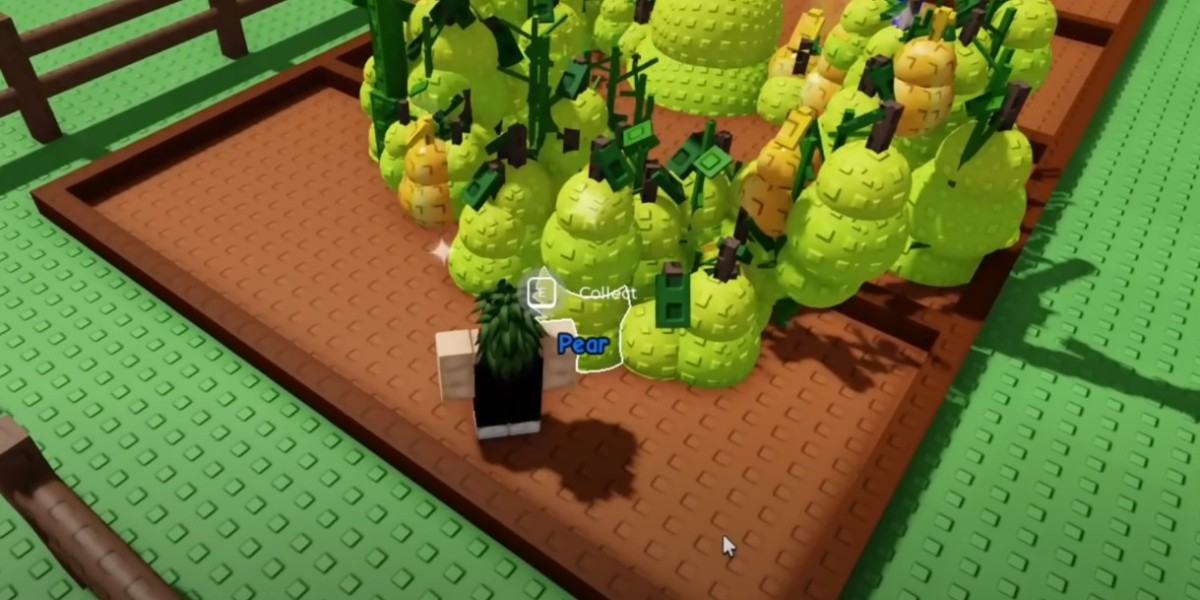In Grow A Garden, the beauty of the game lies in exploring diverse biomes and making each plot of land flourish in its own unique way. Whether you’re cultivating lush plains, nurturing desert succulents, or building a vibrant tropical grove, the terrain plays a huge role in how your garden grows. After spending plenty of hours experimenting, I’ve gathered 20 tips to help you get the most out of every biome.
1. Learn Each Biome’s Growth Patterns
Different plants thrive in different conditions. Pay attention to soil types, weather, and seasonal changes unique to each biome.
2. Use Terrain Tools Early
Adjusting slopes, clearing rocks, and prepping the soil before planting will save you time later.
3. Mix Decorative and Functional Plants
A mix of ornamental flowers and resource-generating plants keeps your biome balanced and beautiful.
4. Watch the Water Flow
Some plants need steady irrigation, while others thrive in dry patches. Direct water channels strategically.
5. Experiment with Rare Plants
Occasionally, the grow a garden item store offers rare seeds that perform best in specific biomes. Grab them when you can.
6. Rotate Crops for Long-Term Health
Switching plant types between seasons keeps the soil fertile and reduces disease.
7. Use Elevation for Effect
Higher ground in mountainous biomes can offer faster sun exposure but requires more careful watering.
8. Manage Shade Carefully
Large trees can protect shade-loving plants but may block sunlight from crops that need it most.
9. Fertilizer Timing Matters
Apply fertilizer right before the growth spurt phase for maximum yield.
10. Don’t Neglect Small Details
Little things like pathway placement and small rock formations make each biome feel alive.
11. Keep Tools Upgraded
A sturdy shovel and efficient watering system save time and energy, especially in larger terrains.
12. Use Local Resources
Each biome offers unique natural materials that can be repurposed for garden structures.
13. Plan for Seasonal Shifts
Prepare plants that can survive both the heat of summer and the chill of winter in transitional biomes.
14. Balance Wild Growth and Control
Letting nature reclaim small areas adds a natural charm without ruining your design.
15. Observe Wildlife Behavior
In certain biomes, wildlife can help pollinate plants or clear pests if you plan your layout accordingly.
16. Test Plant Combinations
Some plant pairings help each other grow faster when placed nearby.
17. Use Mulch in Dry Areas
Mulch helps retain soil moisture in arid biomes, boosting plant survival rates.
18. Upgrade Storage Early
When you buy Grow A Garden Items that enhance storage, you can carry more seeds, tools, and resources between biomes.
19. Trade with Other Players
Player exchanges often yield rare plants or terrain decorations that are hard to find in the wild. U4GM is known among players for discussing such trades.
20. Keep Experimenting
The most rewarding layouts often come from trial and error. Don’t be afraid to reshape an area if it’s not working.
Mastering each biome in Grow A Garden isn’t just about planting the right seeds. It’s about understanding how terrain, climate, and player creativity come together. With patience and smart planning, every biome can become a thriving masterpiece.









